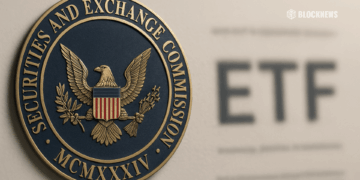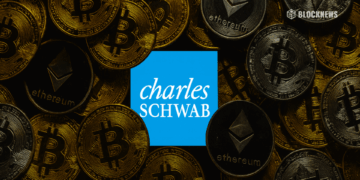- The Avalanche Vista initiative is a $50 million program aimed at pioneering the future of asset tokenization on the Avalanche blockchain.
- The initiatives is targeting equities, real estate, commodities, and credit, with the goal of accelerating the growth of on-chain finance.
- Tokenization offers many benefits such as improved operational efficiency, greater accessibility for smaller investors, and enhanced liquidity in financial transactions.
The Avalanche Foundation has recently announced the Avalanche Vista initiative. This pioneering program is set to allocate up to $50 million towards the purchase of Real-World Assets (RWA), also known as tokenized assets, minted on the Avalanche blockchain. This audacious move marks a significant milestone in demonstrating the practical value and potential of asset tokenization.
Avalanche Vista intends to explore assets across a wide liquidity spectrum including traditional investment products such as equity, credit, commodities, and real estate, as well as blockchain-native assets. By doing so, it aims to spotlight the transformative role of tokenization in different sectors and ultimately accelerate the growth of on-chain finance.
John Wu, President of Ava Labs, has expressed his enthusiastic support for the initiative, describing asset tokenization as not only the future of capital markets but also a crucial driver of the present landscape. The initiative comes at a time when more and more institutions are turning to on-chain building and provides Avalanche with the opportunity to lead the charge in this rapidly expanding field.
A History of Pioneering Asset Tokenization
Avalanche Foundation’s commitment to this sector isn’t new. Notably, in 2022, one of the largest U.S. investment management firms, KKR, tokenized a segment of its private equity fund on Avalanche’s blockchain in collaboration with the digital assets securities firm, Securitize. This set a precedent and showcased the potential of asset tokenization, prompting further interest and investment into this emerging space.
Tokenization, the process of creating digital counterparts for real-world assets on the blockchain, presents numerous advantages, such as operational efficiency, accessibility to new users, and improved liquidity. Traditional financial systems often involve lengthy clearing periods, locking up trillions of dollars for days at a time. With blockchain technology, however, settlements can be completed instantly, a factor that Wu notes is gaining increasing recognition.
Moreover, blockchain systems, thanks to their transparent nature, allow investors to see where assets are stored on-chain. In addition to this, tokenization has the potential to democratize asset allocation by enabling smaller investors to pool funds for purchasing single assets, opening doors to those who might have previously found it expensive to enter traditional markets.
Preparing for a Tokenized Future
As the Avalanche Foundation delves deeper into this ambitious tokenization venture, it is aware of the current challenge in the field: liquidity. However, with the investment of $50 million, Avalanche seeks to prove the efficiency and accessibility of tokenization at scale, which is expected to improve liquidity over time. This significant step aligns with Avalanche’s projection of the future, as it sees the tokenization of assets on the blockchain as one of the most impactful innovations of the next decade.
As more traditional financial institutions and investment management firms explore the potential of blockchain technology, Avalanche is well-positioned to lead this revolution. The introduction of tokenization not only paves the way for more efficient, accessible, and liquid financial systems but also has the potential to revolutionize capital markets on a global scale.














